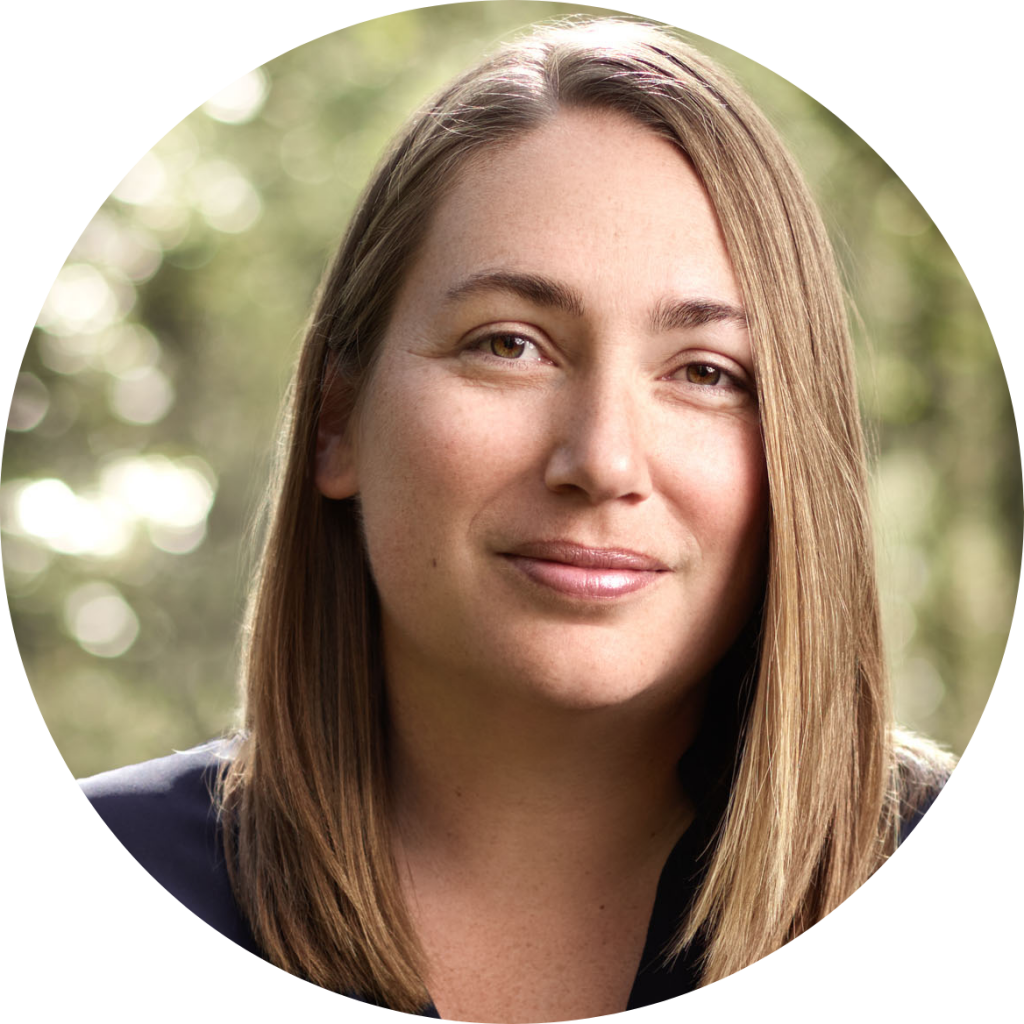
Eva Holland is a master of taking leaps. She’s pretty great at landing on her feet, too.
A decade ago, Eva, then a young freelancer trying to shift from writing service pieces to in-depth features, decided to advance her career by leaving Ottawa. But she did not quit her day job for New York, Toronto, or another media hub. Eva left for a place of 25,000 people.
To most Ontarions, Whitehorse, Yukon barely qualified as a city, let alone a capital. But Eva’s instincts told her that it was the perfect home-base not in spite of its isolation, but because of it.
Her premier location introduced readers to stories they couldn’t have imagined without someone on the frigid ground. Her diligence—not just in reporting the story, but pitching it—is the stuff of legends, just ask the editors of WIRED, Esquire, Bloomberg Businessweek, and Outside, where she’s a correspondent.
Eva’s stories have a way of both honoring and subverting narrative long-form journalism. Much of that comes from her penchant for “immersion reporting.” Sometimes called “submersion” or “experiential” journalism (or “gimmick” journalism to staid traditionalists), it sees the reporter moving from sidelines of a subject to the field, no matter how inexperienced they are and sometimes because of their inexperience. For Eva, that meant joining a polar survivalist boot camp, running a 100-mile arctic foot race, and trying to cure her fear of heights with rock-climbing.
Her debut book, Nerve: A personal Journey Through the Science of Fear, released in April, demonstrates the power of immersion reporting. Part scientific exploration and part memoir, Nerve analyzes the machinations of fear by applying theories, expert insight, and innovative therapy to her own traumatic experiences. Fear, she concluded, isn’t something we “get over.” It’s something we learn to work with.
But when is the right time, and what is the best way, to put yourself in — way in — the story? On Aug. 3, Eva will give Pandemic University students the run-down on this tricky but satisfying journalistic style. (Tickets are $15 USD, available here.)
We wanted to get to know her better, so we asked her about which adventures put her firmly outside of her comfort zone, the scary future of post-pandemic freelancing, and much more.
Register for Putting Yourself in the Story (C$20)You appeared on the Longform podcast this April— what a badge of honor, considering all the other cool people they’ve interviewed! What was that experience like, and what does it represent to you?
It was so exciting! I’ve been a loyal listener since episode 7 (Ta-Nehisi Coates’ first appearance) and there are episodes I’ve listened to over and over again, for inspiration, information, or both. I’ve always said that the podcast is sort of like a free feature-writing school—it’s been invaluable. Being a guest was extremely cool. I thought I would be more nervous than I was, but Max Linsky is a great interviewer, and also someone I’ve known (online and for the occasional coffee in New York) for several years, so the recording experience itself was pretty comfortable.
Nerve is all about overcoming fears and understanding why they work the way they do. For all the other freelancers out there right now, what did it teach you about potentially coping with fear of the future?
Hmm. So much of my book was about coming to grips with irrational or unreasonable fears, and learning to differentiate between those kinds of fear and true threats. Our present moment is really hard in part because the threat is both so real, omnipresent, but also so hard to grasp? A pandemic manages to be both abstract and a true danger at the same time.
And, right now, especially for freelancers, a fear of the future is extremely warranted. We’re in deeply uncertain times. One lesson from my book is that fear is more changeable than we think — it can be wrestled with, it can pass. Fears that feel like a part of us can turn out to be impermanent. So maybe that’s useful to remember now?
I was very aware that I was working in an existing tradition of immersion. But I also knew it wasn’t a super common approach, and it might set me apart.
How did you get into immersion journalism? When you were starting out on immersion reporting stories, did you look to anyone for inspiration, or did you feel like an innovator in that regard?
I first fell into immersion-style work around 2012, I think? I was working as an associate editor at Up Here, and though I was the lone Yukon-based staffer, they had me come over to Yellowknife (where the magazine is located) for a couple of months to go through a full production cycle in the office with everyone else and learn the ropes. I found a copy of Submersion Journalism, a collection of immersion stories from Harper’s that was edited by Bill Wasik, at the public library there, and tore through it. Soon after that, I did my first immersion story: Up Here sent me to live in a tent city of seasonal summer workers in Alaska for a week.
I had worked primarily as a travel writer and personal essayist before 2012 (which is when I shifted into more reported feature writing) so writing in the first person, and just going ahead and doing the thing, felt like a very natural reporting mode for me. In travel writing, typically, you go swim with the turtles or whatever the case may be, and then you write about the experience. Immersion reporting felt like an extension of that approach. I went with it partly because of that naturalness, and partly because I felt self-conscious about my lack of formal training and traditional reporting experience. I was like: Here’s something I can do that will give me an edge.
Right now, especially for freelancers, a fear of the future is extremely warranted. We’re in deeply uncertain times. One lesson from my book is that fear is more changeable than we think — it can be wrestled with, it can pass.
I don’t have an amazing track record of reporting, but I can throw myself into situations that others might not be willing to tolerate. It felt like a way to break in. I was very aware that I was working in an existing tradition of immersion. But I also knew it wasn’t a super common approach, and it might set me apart.
You have been to some wild places and done some wild things for work. What’s the craziest/weirdest/most out-of-your-comfort zone thing you’ve ever done while working on a story?
Oh gosh, that’s a hard one — I’ve been lucky to have a ton of possibilities to choose from. I went skydiving for my book — that was certainly the most unpleasant thing I’ve done! I hated every second of it. But most of my experiences have been at least sort of fun. Entering the Alaska Wilderness Woman competition might have been the most surreal?
Which books, movies or TV shows have been getting you through the pandemic?
I’m working on a complete re-watch of Grey’s Anatomy — all 16 seasons. I still have a ways to go on that one. It will be my greatest pandemic achievement. I’ve enjoyed Normal People and The Baby-Sitter’s Club, too.
For the first couple of months I had a lot of trouble focusing on books (hence all the Netflixing). But, more recently, I’ve read and enjoyed Samra Habib’s memoir of being a queer Muslim immigrant, We Have Always Been Here. I’ve also been on a bit of a medical nonfiction kick: I read the late neurosurgeon Paul Kalanithi’s devastating cancer memoir, When Breath Becomes Air, and Siddhartha Mukherjee’s The Emperor of All Maladies.
The interview has been edited for clarity and brevity.
Register for Putting Yourself in the Story(C$20) Buy Her Book